
Severin Schink
@severin_schink
Death to all microbes! Postdoc at Harvard Medical School, Systems Biology.
ID: 953731394030784514
17-01-2018 20:50:58
50 Tweet
120 Followers
267 Following



How do bacteria adapt to increase their fitness in starvation? This study shows that E. coli require less maintenance in starvation & survive longer, if they have previously grown slowly --> bit.ly/3cFxwEX from U Gerland TU München #QBio
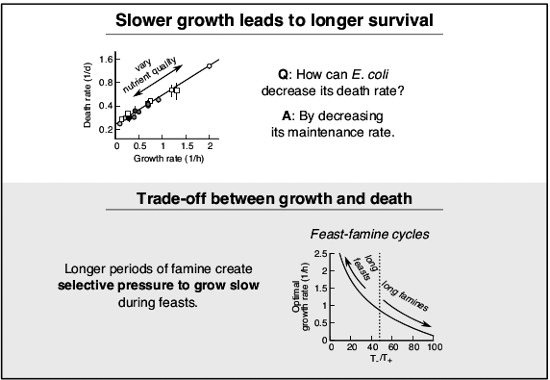
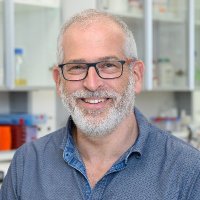


Very cool paper by Severin Schink and others, pushing the Scott-Hwa global gene expression/growth paradigm to an exponential death phase. "In other words, it takes ~5.5 killed cells to make one new cell." cell.com/cell-systems/f…

Teaser for a phenomenal article by Rowan Jacobsen in Boston Magazine about SARS2 origins research and why it’s a challenging space to be in. Blown away by how well the article explains the mysteries surrounding COVID-19 and what’s at stake for science. Digital version in October!

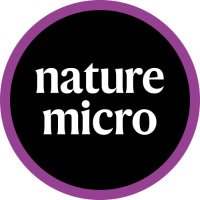
Bacterial nanotubes are a hallmark of cell death, rather than living conduits for cargo, according to a paper from Libor Krasny's group just out in Nature Communications nature.com/articles/s4146…


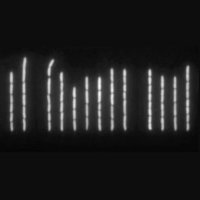
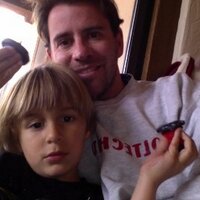
The cell size and growth seminar continues next tuesday morning pst with a couple of exciting talks about bacteria. Growth, starvation, and death... Looking forward to it Ulrich Gerland and Severin Schink ;hosted by Matthew Swaffer Mike Lanz




Re: amazing papers about lag phase... I just presented Severin Schink & Markus Basan's work on lag duration as a way of understanding substrate preference. It's so insightful and very well-written for such a complex topic. HT Otto X. Cordero biorxiv.org/content/biorxi…



Nice systems-level comparison of #glycolysis vs #gluconeogenesis in E. coli, P. aeruginosa & P. putida by Severin Schink Uwe Sauer et al. IMSB_ETH that (partially) explains the length of lag phases on ≠ C sources Mol Syst Biol EMBO Press embopress.org/doi/full/10.15…



#Proteomics in E. coli under various growth conditions shows that a growth-starvation trade-off can be explained by resource investment to reduce cell envelope permeability, improving lifespan at the expense of growth ➡️ bit.ly/3FCyhkb M Basan Severin Schink Harvard Medical School





